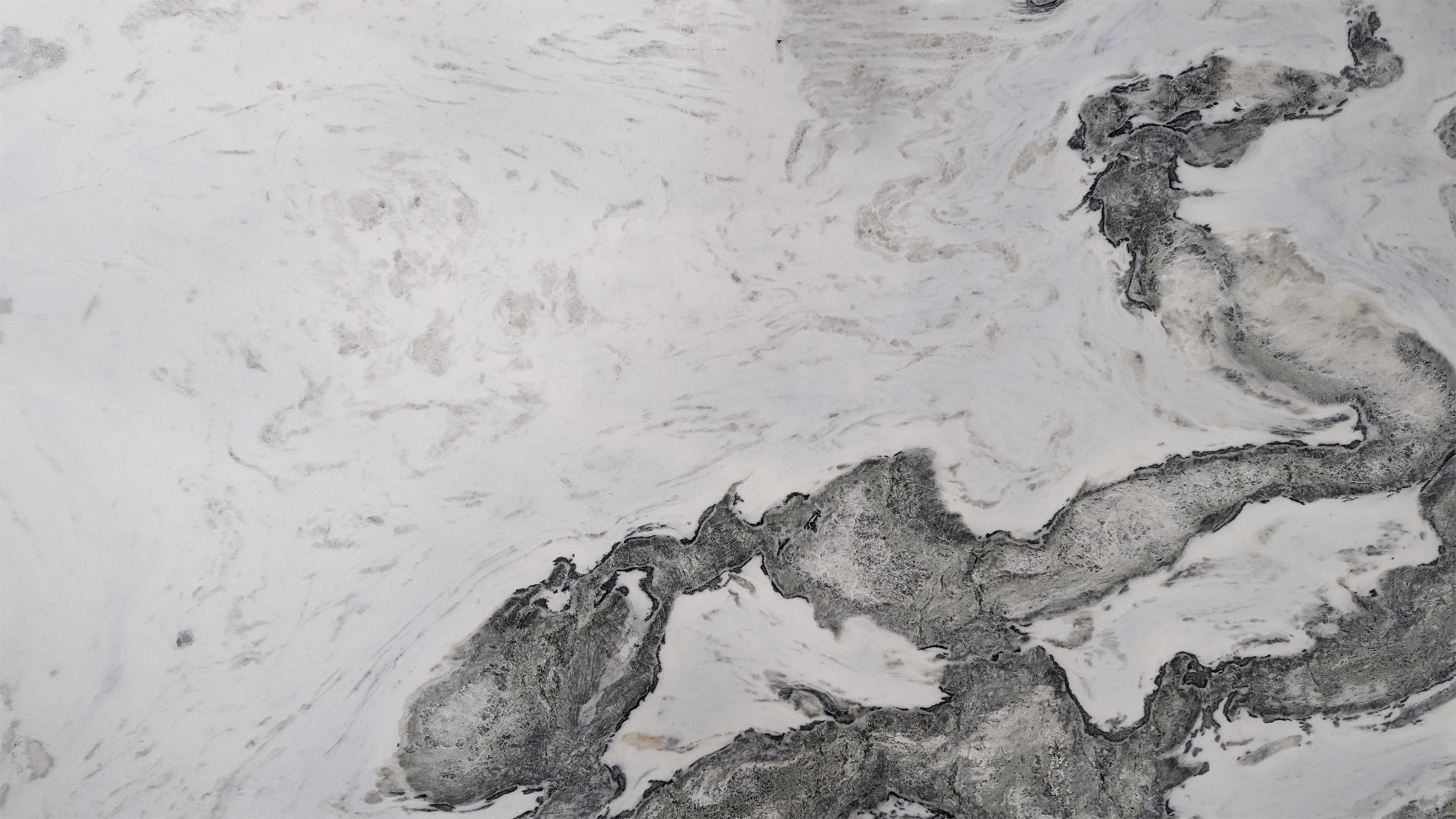Marble is a luxurious and timeless material, often used in countertops, flooring, and other home surfaces. While its elegance is undeniable, marble requires care and maintenance to keep it looking its best. One common concern among marble owners is water stains. If you’ve noticed water stains on your marble surface, you might be wondering: will they go away?
Understanding Water Stains on Marble
Water stains on marble typically appear as dark spots or rings. Marble is a porous natural stone, meaning it can absorb liquids and moisture. When water seeps into the surface, it can leave behind a mark as it dries. These stains are more common on marble surfaces that aren’t sealed or where the seal has worn off over time.
Do Water Stains on Marble Disappear Over Time?
The good news is that most water stains on marble are temporary. As the water evaporates, the stain may gradually lighten and eventually disappear. However, this process can take time—sometimes several days—depending on the extent of the moisture and the type of marble.
If the water stain persists, it might indicate that the water has penetrated deeper into the marble, or it could be that the stain is not entirely from water but from a mineral deposit left behind after the water evaporated.
How to Remove Water Stains from Marble
If you’re eager to speed up the process or if the stain is particularly stubborn, there are a few methods you can try:
-
Dry the Area: Start by gently blotting the stained area with a soft, dry cloth. Avoid rubbing, as this can push the moisture deeper into the stone.
-
Use a Poultice: A poultice is a paste made from a powdered material mixed with water or a cleaning agent. You can apply the poultice to the stained area, cover it with plastic wrap, and leave it for 24-48 hours. The poultice will draw out the moisture and the stain from the marble.
-
Baking Soda and Water: Mix baking soda and water to create a thick paste. Apply it to the stain and cover it with plastic wrap. After 24 hours, remove the paste and rinse the area with water. This method can be effective for light stains.
-
Use a Marble-Safe Cleaner: If the stain persists, you might want to use a marble-safe cleaner designed specifically for removing stains. Be sure to follow the product’s instructions carefully.
Preventing Water Stains on Marble
Prevention is key when it comes to maintaining the beauty of your marble surfaces. Here are some tips to avoid future water stains:
-
Seal Your Marble: Regularly sealing your marble can help prevent water and other liquids from penetrating the surface. Sealers create a protective barrier, making it easier to wipe away spills before they cause stains.
-
Wipe Up Spills Immediately: Whether it’s water, juice, or wine, it’s important to clean up spills as soon as they happen. Use a soft, dry cloth to blot (not rub) the liquid.
-
Use Coasters and Mats: In areas prone to spills, such as countertops or bathroom vanities, use coasters, trivets, and mats to protect the marble surface.
Conclusion
Water stains on marble can be concerning, but they are often temporary and can be treated effectively with the right approach. By understanding the nature of marble and taking proactive steps to care for it, you can keep your marble surfaces looking beautiful for years to come. If you’re unsure about how to handle a particular stain or if it seems stubborn, consulting with a professional marble restorer might be the best course of action.

